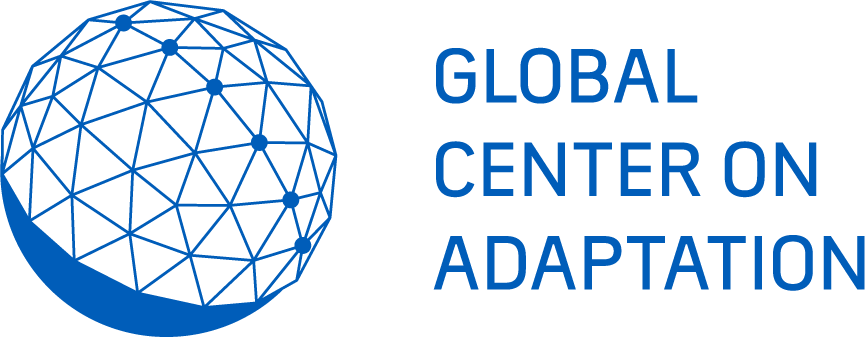Description
In 2017, the Seychelles became the first country to successfully undertake a debt for climate (DFC) swap aimed at specifically protecting the world’s oceans. The Nature Conservancy (TNC) acquired Seychelles’ foreign external debt at a discounted price and also raised additional donor funding worth USD 5 million from private actors. The government of Seychelles will repay the loans to a specially created Seychelles Conservation and Climate Adaptation Trust (SeyCCAT) by TNC. The private donor funding will also go SeyCCAT which will, in turn, conserve 13 Marine Protected Areas (MPAs) that cover more than 85% of the coral reefs and shallow waters in Seychelles.
For more information on the structure of the DFC swaps instrument and key learnings from the instrument implementation, please refer to the blueprint published Climate Policy Initiative in May 2021.
Stage of Implementation
Since 2017, SeyCCAT has indeed issued over USD 1.5 million in grants to more than 25 grantees implementing a total of 33 projects. The grants have benefited marine protected areas such as Curieuse Marine National Park, Aldabra, Bird Island, Alphonse Island and Farquhar and with baseline assessment of the marine biodiversity of Fregate island, an aspiring MPA. More than half of the funds have gone towards projects led by or benefited women and a third towards youth-led or projects where youth are the primary beneficiary. 23 projects have benefited small-scale artisanal fisheries.
Actors Involved
- Debtor nations: New debt can be issued by a debtor nation to replace existing debt with a commitment to use proceeds to address climate change through mutually agreed performance-linked incentives such as lower interest rates, grants, carbon offsets to service interest, etc.
- Creditor: Creditor is likely to be another sovereign, but private sector creditors are also encouraged to participate in a DFC swap.
- Escrow or a transparent fund: A separate non-government fund or trust like SeyCCAT needs to be established with its autonomy and independence to effectively manage the funds. It increases the investor confidence and fosters good governance and transparency.
- Project developers: Project developers may be public, private, or joint (PPP) entities which will play a role in preparation and implementation of resilient project in the coastal ecosystems sector. Project developers have a relatively high-risk appetite, do not generally have climate mandates, and have limited independent capacity to raise capital.
Criteria
- High Public Debt with conditions applied: High level of public external debt held bilaterally by other sovereigns is an essential but with a condition of no imminent liquidity crisis. The country should be in a position to service their debt but have a limited fiscal capacity to mobilize domestic public climate finance.
- Middle income countries: Countries should ideally be a MIC (Middle Income Country), as per World Bank classification. However, Low Income Countries (LIC) that are not part of Debt Suspension Servicing Initiative (DSSI) can be considered. More than 70% of debt service in countries except the developed nations due in 2021 is owed by Upper MIC. LIC form a very small portion of due debt service. Additionally, the MICs are not eligible for the DSSI where bilateral official creditors are suspending debt service payments from 73 most vulnerable countries till December 31, 2021. Therefore, through MICs do not face an imminent liquidity crisis, they have distressed debt conditions and need support for economic stimulus for Covid-19 pandemic and for continuing climate action.
- High-level political leadership and advocacy: h=High-level political support and whole-of-government support from the debtor’s government. Without this, there is high possibility of discontinuation or stalling the negotiations in case of change of government or lack of buy in for the activities’ added value.
Applicable Countries
Zimbabwe has held high in public external debt bilaterally (USD 2.7 billion, 12.8% of GDP). It is a middle-income country and not a part of the DSSI. It faces significant climate vulnerability and has relatively high carbon emissions considering (87% of the power generation from coal) but has expressed high political will to transition to low carbon economy through renewable energy deployment. Zimbabwe has also called for one of the largest investors, China to renegotiate its debt.


